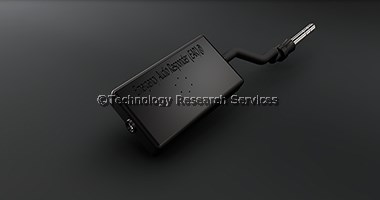
Public safety is instrumental to the general population. It is the best interest of everyone to assure that public welfare is not jeopardized as a result of building, construction, engineering, design, or innovation. Vetting technology for safety is one paramount of public trust. However, in many instances opportunities exist to evaluate current technologies that are in demand. Efforts to evaluate such technologies include performing trade studies on the use of products and reevaluating how products impact safety and public welfare.
In 2013 we began to notice an increasing demand in mobile audio and particularly the interest in headsets/headphones. Trends began in the wearable audio market that seemingly attracted interest by many if not all of the major audio manufacturers. We began to see the increase in use of wearable audio devices in parallel with the demand for headsets. In mid 2014 TRS began to review accidents attributed to audio devices. In many cases we learned that individuals wearing headsets were involved in accidents. Further evaluation of such accidents suggested that headset users often failed to hear emergency vehicles, other pedestrians, automobiles, and even instances where trains were not heard. Surprisingly we learned that accidents attributed to headsets [including fatalities] happened more often than we were generally aware. Public safety research for innovative audio technology began as a baseline for developing innovative solutions that aid the public to use audio products, specifically the headsets that they love without the fear of sacrificing safety.

TRS began the Research and Design (R&D) for the Emergency Audio Responder (EAR) in 2014 with interest in advancing knowledge and the science in Digital Signal Processing (DSP) solutions for audio device integration. The goals of this R&D was to aid consumers or headset users by introducing smart complimentary solutions that promote public safety. The EAR solution takes an advanced approach to aiding users wearing headsets by providing warning and notifications when possible safety concerns prevail. Contact us to learn more about this research.
